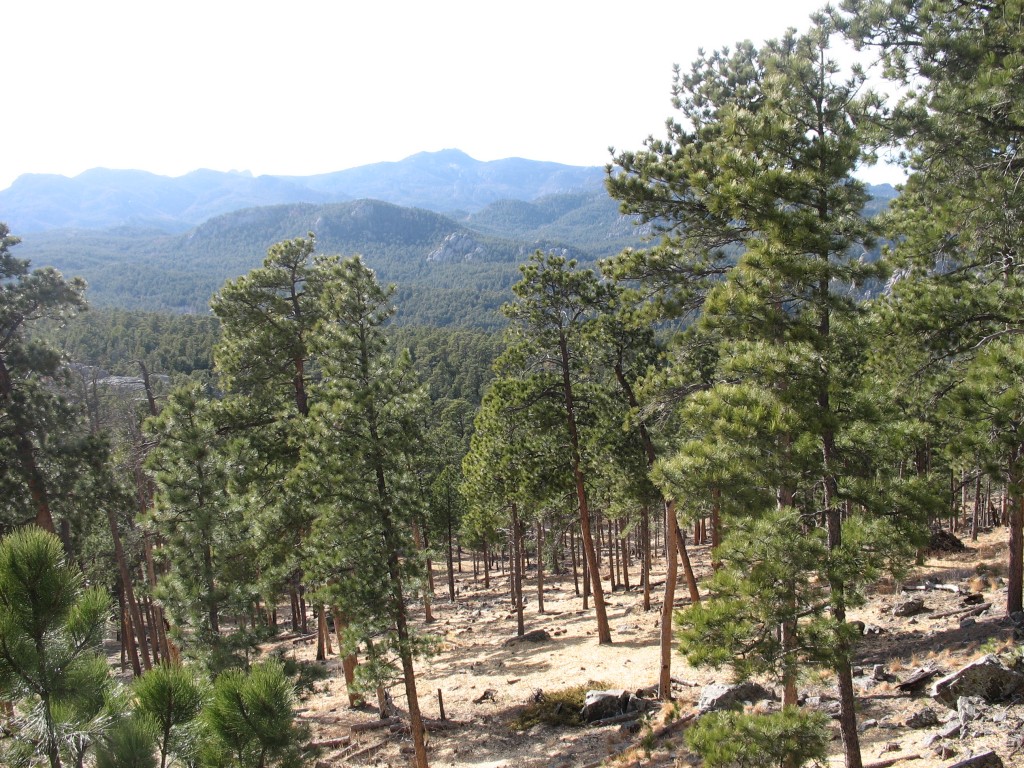Title sounds funny. 🙂 At least I didn’t say “northeast of southwestern South Dakota” or something. LOL
Okay, so those of us with Multiple Chemical Sensitivity/Toxic Injury/Environmental Illness know that there is no perfect place on earth for us. (Which is why I’m glad there’s heaven.)
However, today I’d like to share some of the wonderful things about my area that help my MCS.
- Neither Custer nor Hot Springs spray aerially for mosquitoes, at least in recent history.
- Custer has hardly any bugs because of the elevation.
- Hot Springs has a natural spring, open to the public (for filling your jugs), with fantastic water. (Downtown, across the river, near the gorgeous waterfall, or ask anyone in town where “Kidney Springs” is.) My hubby has never, ever in his life “liked” water until now. It tastes like water “should” taste—wonderful natural minerals from the ground, no treating necessary.
- The Black Hills contains areas that are either too dry or too hilly for agriculture, creating a little “pocket” of area with no aerial agricultural spraying.
- The climate is “semi-arid,” especially in the Southern Hills, allowing for less outdoor mold, better breathing (for me, anyway), and fewer weeds that people want to spray.
- The winter climate, though containing weeks of very cold weather, also has weeks where it is downright warm, especially in the high-altitude sun and dry air, especially if one is protected from the wind. I’ve been out in a T-shirt in the sun in January and February.
- Dakota Radiology (in Rapid City) has a no-scent policy for their employees and patient gowns, and employees were extremely accommodating for me.
- Both Custer and Hot Springs have little areas of “escape” that are quite good depending on the season.
- Nearby Custer State Park, Wind Cave National Park, Jewel Cave National Monument, areas of Mt. Rushmore National Monument, areas around Spearfish, and areas of the National Forest are often extremely low-chemical, especially the Wind Cave area. I can ride in the car for miles around here and hardly experience any symptoms, depending on the season, mold count, etc.
- Some people think that the pine trees help make the air better. (Although that’s not true if one is allergic to pine dust or if one has problems with the terpenes given off by pines.)
 I can’t remember where we took this picture, but it shows how the Hills look “black.” 🙂
I can’t remember where we took this picture, but it shows how the Hills look “black.” 🙂
Christa Upton Black Hills Picture Books PO Box 293 Custer, SD 57730
